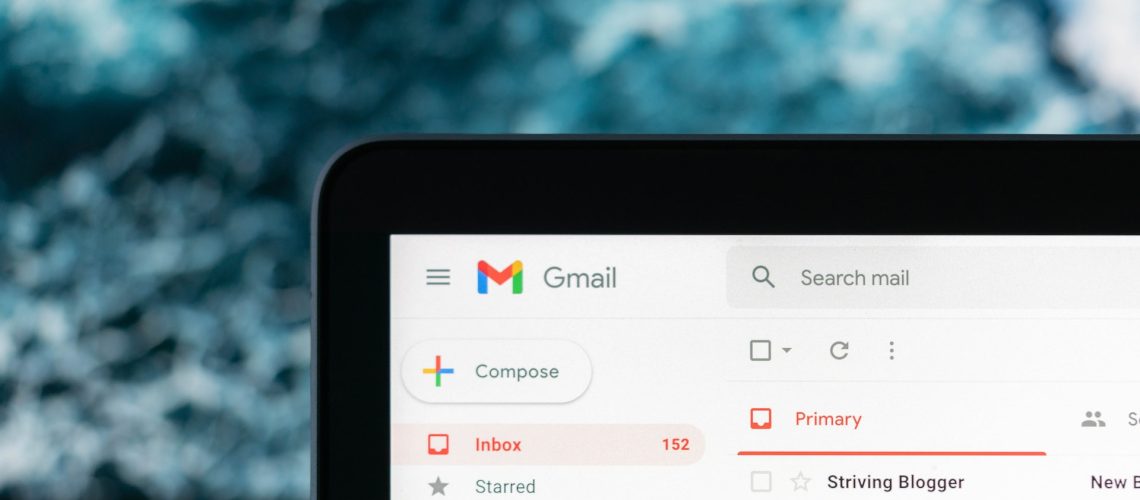
What is a good conversion rate for B2B outbound cold emails to get meetings?
Barbara Arora
Cold emailing is one of the powerful tactics in B2B outbound marketing.
Cold emailing is one of the powerful tactics in B2B outbound marketing. It’s a great way to reach new prospects and can be challenging to get results from cold emails, but when it works, it works well!
Cold emailing is a good way to get meetings because meeting planners are always looking for new speakers or panelists at their conferences. They also want feedback on their events so they know what worked (and what didn’t). With these two things combined, you can use your cold emails as an opportunity to get yourself booked on panels and speaking gigs–which means more exposure for your brand!
B2B decision makers are more likely to respond to cold emails when they're short and personalized.
- Keep your email short and to the point.
- Don’t use too many words.
- Don’t include attachments.
- Use personalization in your cold emails by including emojis and gifs, using a personalized subject line and salutation (e.g., “Hi [first name], it’s [your first name] from [company name]!”), as well as addressing them by their title or role wherever possible (e.g., “Dear Sales Manager”).
Great subject lines can increase your open rates by 15
You know that the subject line of your email is important. It’s the first thing your prospect will see, and if it doesn’t catch their attention or make them want to open it, they will ignore your message entirely.
The best subject lines are short, straightforward and personalized–but not too personalized (or you’ll come off as spammy). They should also be relevant to the content of your email and actionable for them: “I want to learn about XYZ” vs “Hi there!” vs “Let’s meet tomorrow at 2pm!”
Personalized email templates can bring you a 300% higher clickthrough rate and 50% more replies.
Personalization is important. Don’t just use a template. A personalized email has a 300% higher clickthrough rate and 50% more replies than one that isn’t personalized.
Don’t make your template too long or short, formal or informal–just find the sweet spot that makes sense for you and your business!
Optimizing your follow-up emails increases your response rate by 36%.
Follow-up emails are an essential part of the outbound sales process. They serve as a way for you to keep in touch with prospects and remind them that you exist, which can help you get meetings on your calendar. But if you’re not doing them right, follow-ups can actually hurt your chances of getting meetings.
In Mailshake’s study of over 80 B2B companies who used their tool for sending cold emails, they found that optimizing your follow-ups increases response rates by 36%. This means that if someone doesn’t respond after one email, sending another email has almost double the chance of getting them on the phone or into a meeting room with you!
A high conversion rate means a positive ROI on your time, money and energy you spend on your campaign.
A high conversion rate means a positive ROI on your time, money and energy you spend on your campaign. You can measure the value of your time, money and energy by calculating the ROI of your campaign. The ROI is calculated as the revenue generated from a campaign divided by the total cost of running that campaign.
For example: If I spend $1,000 on sending out 100 emails with my offer attached to it but only get 10 meetings out of that, then my conversion rate would be 10%. With this information in hand we can now calculate our return on investment (ROI).
To determine the conversion rate of your campaign, divide the number of leads that you have who have engaged with you in some way by the total number of prospects you have emailed.
To determine the conversion rate of your campaign, divide the number of leads that you have who have engaged with you in some way by the total number of prospects you have emailed.
This can be done using a spreadsheet or by using a tool like HubSpot or Google Analytics. If you don’t want to manage this yourself, Salesforce offers a CRM solution specifically designed for outbound sales teams that makes it easy to manage these metrics and more.
You need to be specific about what actions qualify as a conversion.
The first step in setting up a conversion tracking system is to define what a conversion is for your business.
For example, if you’re selling mattresses online and want to track whether people are signing up for your mailing list after clicking on an ad, one metric might be “number of signups.” You could also track how many people actually buy mattresses after signing up for the mailing list–that would be another metric. Or you could use some other metric like “average order size” or “average number of purchases per order.” The point here is that there’s no right answer; it all depends on how well each metric aligns with your objectives and goals as a company. For example, if you’re trying to grow an email subscriber base quickly (and cheaply), then generating large volumes of low-value signups might be better than maximizing revenue per sale because those future customers will eventually become loyal customers who return again and again over time!
Tracking the best metrics for your business will help you define where you want your cold email campaign to go.
Tracking the right metrics will show you exactly how successful your campaign is and help you define where you want your cold email campaign to go.
The most common metrics for B2B outbound cold emails are:
- Open rates
- Click-through rates (CTRs)
- Conversion rate (CR).
Conversion rates can be challenging to measure in cold email, but tracking the right metrics will show how successful your campaign is.
Conversion is a term that’s used to describe the completion of a desired action. It can be anything from signing up for an email list, clicking on a link in your email and visiting the site you’ve linked to, or making an online purchase.
In order to measure your campaign’s success, you’ll want to track conversions using the following metrics:
- Click-through rate (CTR) – This measures how many people clicked on your link in their inboxes. You can find this number by dividing clicks by total emails sent out during that period of time.
- Open rate – This shows how many times recipients opened up an email message from you within 24 hours after receiving it in their inboxes. You can calculate this by dividing opens by total emails sent out during that period of time
What is a good conversion rate for B2B outbound cold emails to get meetings?
The conversion rate for B2B outbound cold emails to get meetings can vary widely based on factors such as the quality of the email list, the relevancy of the email’s content, the recipient’s previous interactions with the sender, and many other factors. A conversion rate of 2-5% is considered to be good for a well-executed cold email campaign, but some campaigns can see conversion rates as high as 10-15% or more. Keep in mind that a higher conversion rate is often the result of careful targeting, personalization, and relevance to the recipient.
How can I increase email marketing conversions?
There are several ways you can increase the conversion rate of your B2B outbound cold emails:
Targeting: Make sure you are sending emails to the right people who are likely to be interested in your product or service.
Personalization: Customize the subject line and body of the email to each recipient, incorporating information such as their name, company, and specific pain points.
Relevance: Ensure that the content of the email is relevant to the recipient and addresses a specific problem they are facing.
Email design: Use a clear and concise subject line, a professional-looking email template, and a well-crafted email body to create a positive first impression.
Follow-up: Consider sending a follow-up email to non-responsive recipients to increase your chances of getting a response.
Test and refine: Regularly test different elements of your cold email campaign and refine your approach based on what works best.
By taking these steps, you can increase the chances of getting a positive response from your B2B outbound cold emails and securing more meetings with potential clients.
Conclusion:
A good cold email campaign can be a powerful tool for B2B marketers, but it’s important to understand what makes a good conversion rate. The best way to do this is by tracking the right metrics for your business and defining where you want your cold email campaign to go.
Share this post
Our blog
Most popular stories
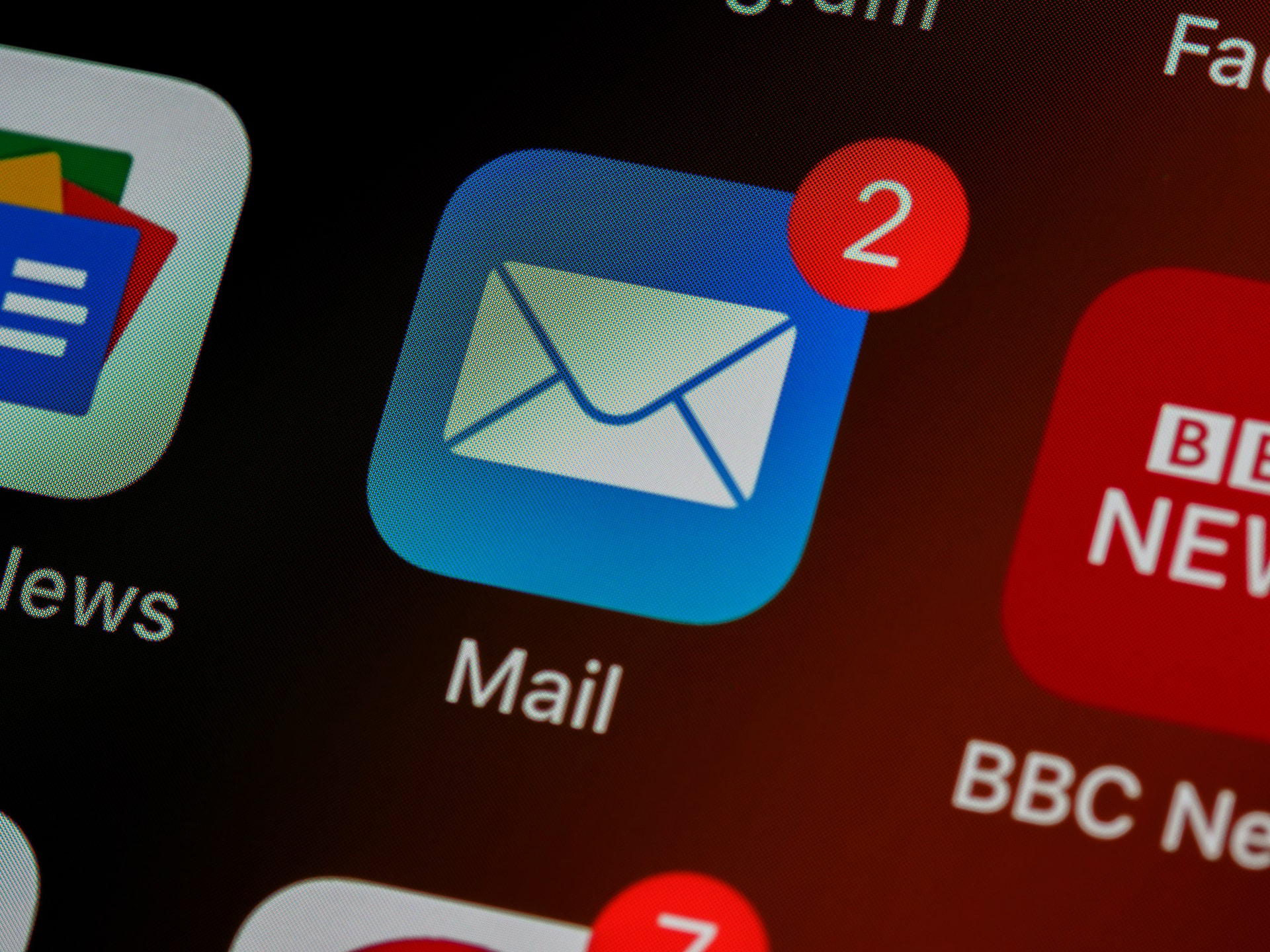
What does an email deliverability test do?
Email deliverability tests are a great way to find out if your email is getting delivered to the inbox or being filtered into a spam folder. You can also use it to check if the ISP is blocking your emails, which is something that happens more often than you’d think.
If you want more information about how email deliverability works and what factors affect it, check out our blog post here!
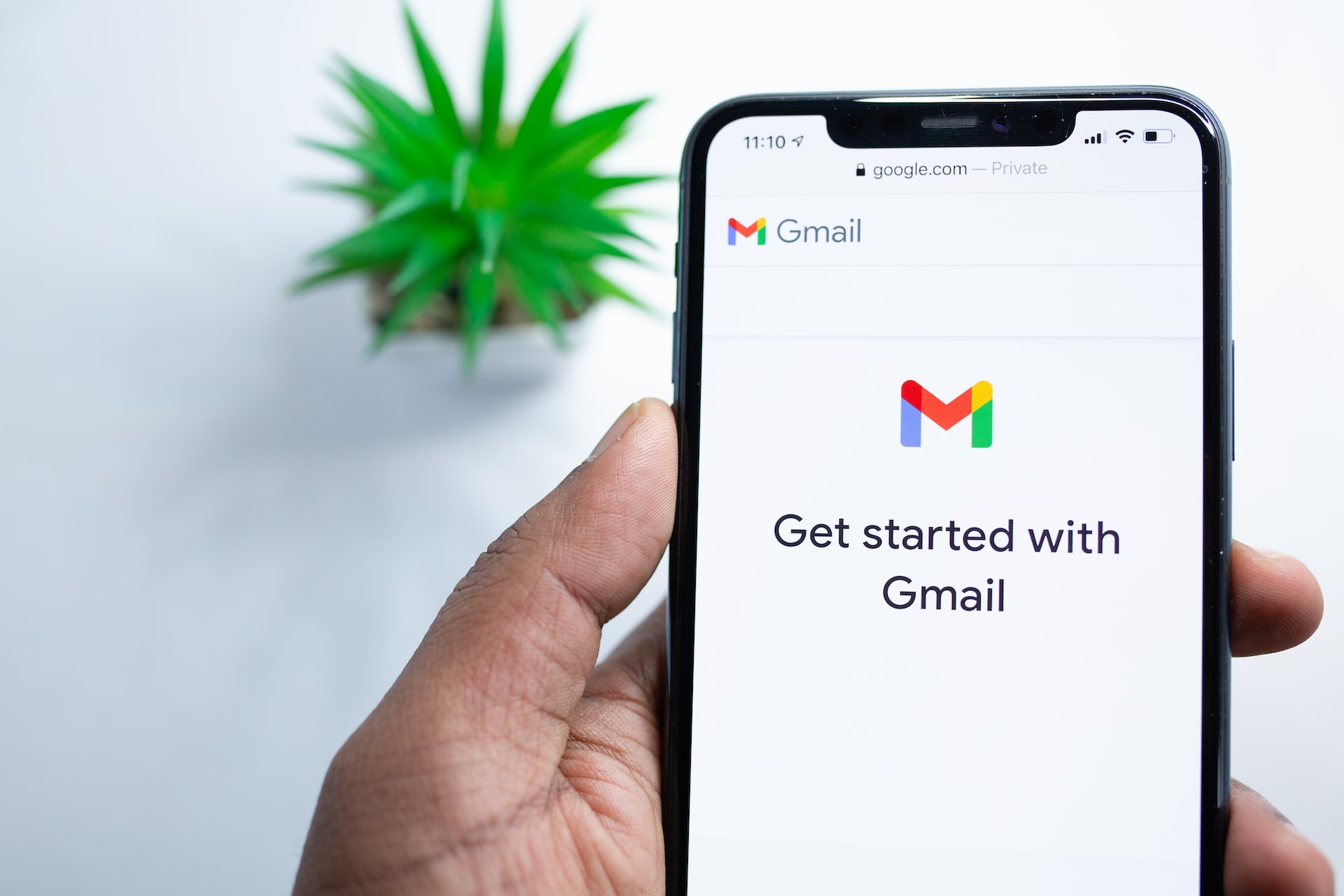
What are some examples of email deliverability issues that can affect your business?
Email deliverability refers to the ability of an email to reach the intended recipient’s inbox and be successfully delivered. It’s an important aspect of email marketing because if your emails are not delivered, they cannot be read, and your marketing efforts will not be successful. This can be affected by many factors including IP reputation, email content and subject lines, list quality and more.
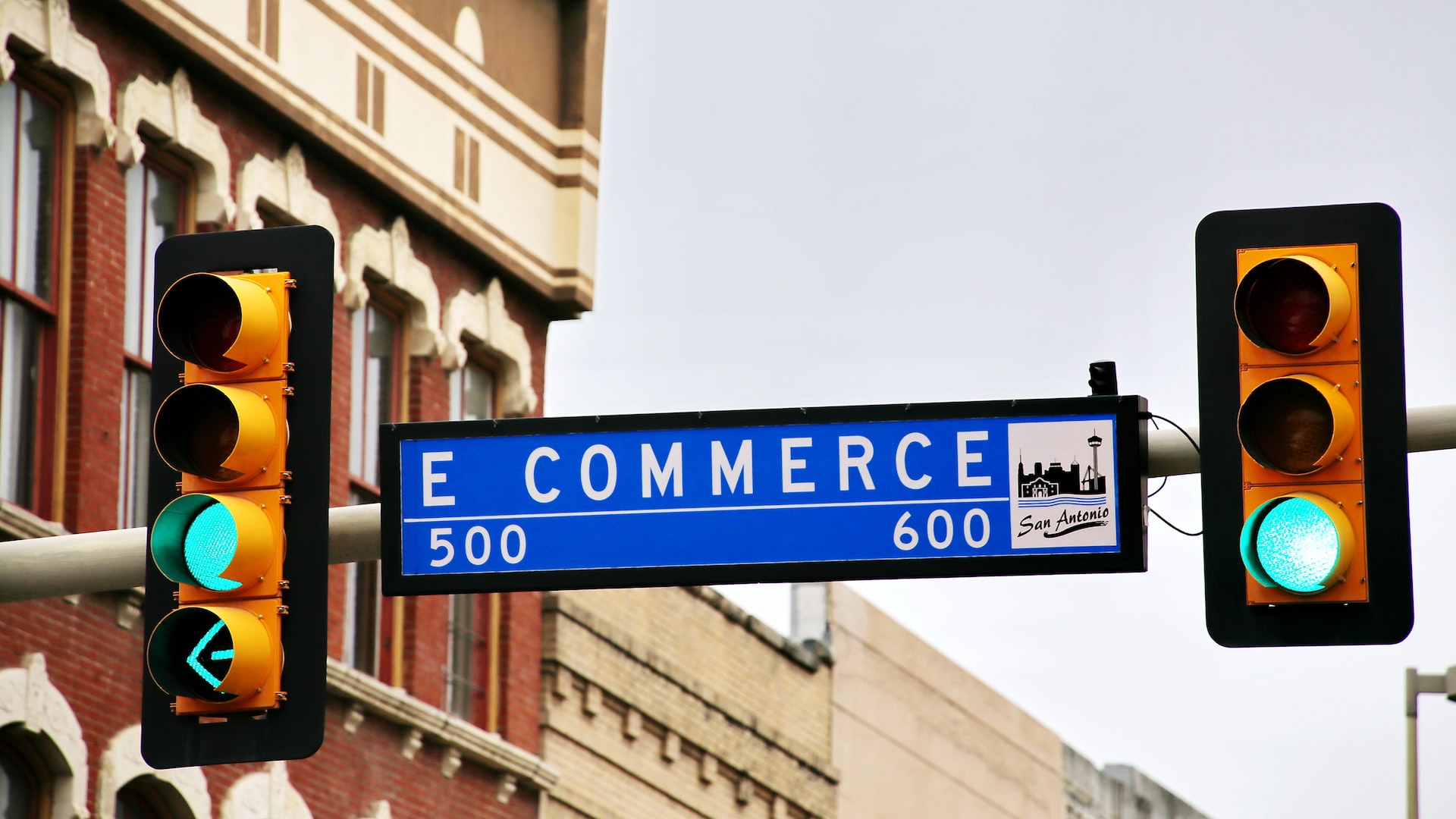
What is the future of the e-commerce industry?
The e-commerce industry is growing rapidly in terms of market share. As more people shop online, the demand for good social media marketing is increasing. A strong brand presence on social media is essential to success in e-commerce. E-commerce can be better than bricks and mortar retail. Customers expect personal service from brands online. Ecommerce companies should focus on product design over stock management if they want to succeed as well as customer experience
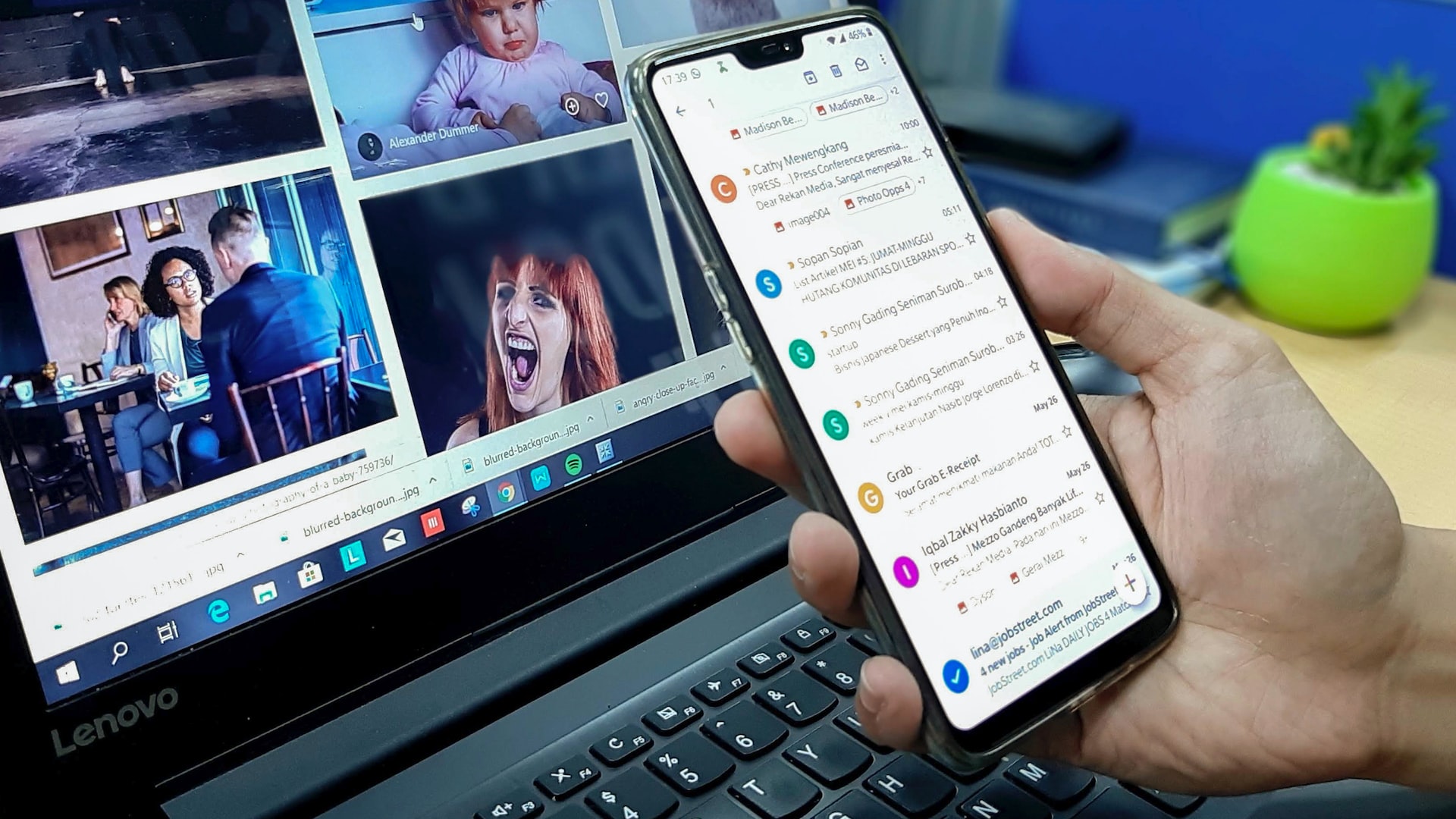
What is the best tool for email marketing for beginners in 2023?
Email marketing is a great way to stay in touch with your customers, build relationships with them, and drive more sales. However, if you are just starting out, it can be difficult to choose the right email marketing software for your business. Here are some helpful tips that will help you find the best email marketing tool for beginners:
